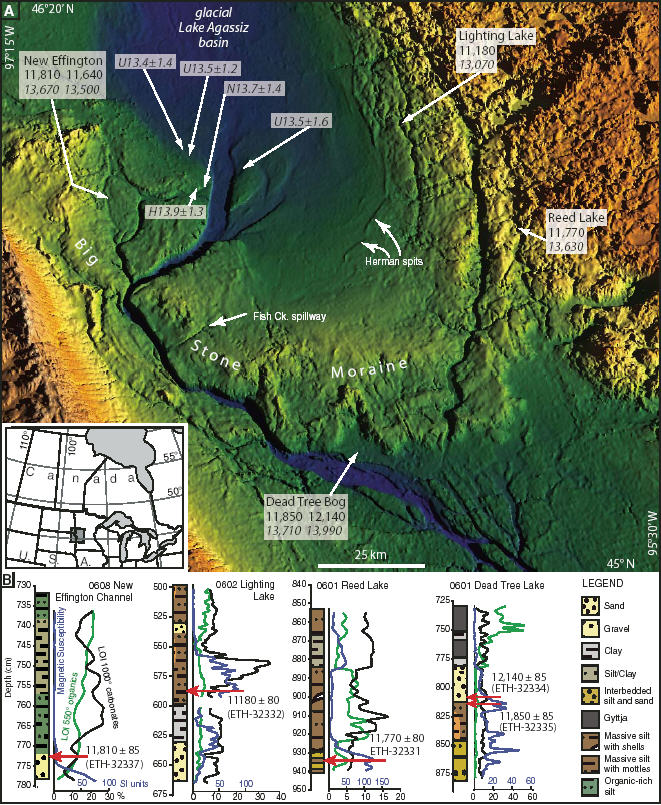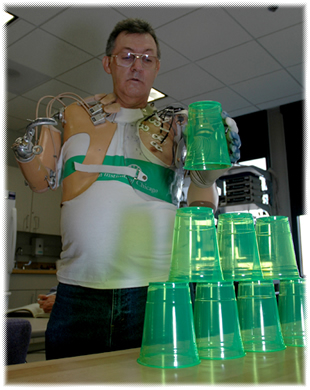How to reduce flies? Here’s one way:
A Chinese city suburb has set a bounty on dead flies in a bid to promote public hygiene . . . Xigong, a district of Luoyang in the central province of Henan, paid out more than 1,000 yuan ($125) for about 2,000 dead flies on July 1, the day it launched the scheme with the aim of encouraging cleanliness in residential areas. . . An Internet user said that although the office had good intentions, the action itself had made the district a laughing stock.









